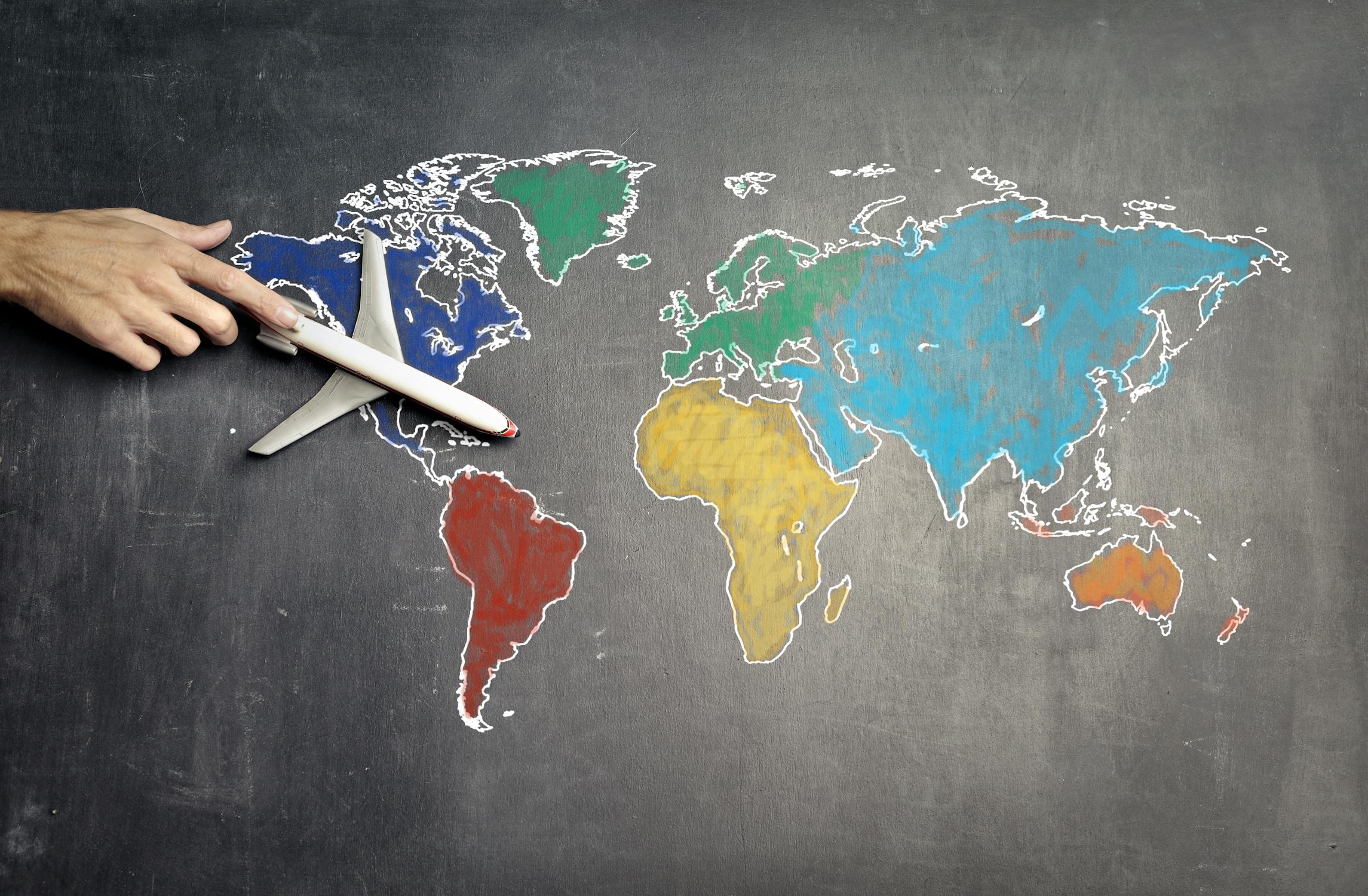As a professional travel blogger, I often share tips on discovering hidden gems, navigating bustling markets, and finding the perfect sunset view. But what about the less glamorous, yet equally crucial, aspect of travel: managing your emotions when things don’t go as planned? Travel, while exhilarating, can also be a crucible for our emotional resilience. From delayed flights to lost luggage, unexpected detours to cultural misunderstandings, moments of frustration, anger, or anxiety are almost inevitable.
This guide isn’t just about surviving those moments; it’s about transforming them into opportunities for growth and ensuring your journey remains a source of joy, not stress. We’ll explore practical, fact-based strategies to help you regain composure when emotions threaten to derail your adventure. By the end of this article, you’ll have a toolkit to navigate emotional turbulence, making your travels—and indeed, your daily life—more peaceful and enjoyable.
Understanding Your Emotional Triggers on the Road
Before we can manage emotional outbursts, we must first understand what sparks them. In the context of travel, common triggers often revolve around a loss of control, unmet expectations, or sensory overload. Recognizing these patterns is the first step toward proactive emotional regulation.
Identifying Common Travel Stressors
Think about past travel experiences where you felt overwhelmed. Was it the chaos of a crowded airport, the frustration of a language barrier, or the disappointment of a cancelled tour? Research indicates that unpredictability and lack of control are significant contributors to stress. A 2023 study published in the Journal of Travel Medicine highlighted that travel-related stress often stems from perceived threats to personal safety, comfort, and schedule adherence.
Pro Tip: Keep a small travel journal. When you feel an emotion escalating, jot down what happened, how you felt, and what triggered it. This self-awareness is invaluable for future trips.

Immediate Calming Techniques for On-the-Spot Relief
When emotions flare up, you need quick, effective strategies to regain control. These techniques can be applied discreetly, whether you’re stuck in a long queue or dealing with a difficult situation.
The Power of Breath and Grounding
Deep breathing is a scientifically proven method to activate the parasympathetic nervous system, which calms the body. The 4-7-8 breathing technique, popularized by Dr. Andrew Weil, is particularly effective. Inhale for 4 counts, hold for 7, and exhale for 8. Repeat this cycle a few times. This simple act can significantly reduce heart rate and anxiety.
Another powerful technique is the 5-4-3-2-1 grounding method. This helps shift your focus from internal turmoil to your external environment, bringing you back to the present moment:
- 5: Name 5 things you can see.
- 4: Name 4 things you can touch.
- 3: Name 3 things you can hear.
- 2: Name 2 things you can smell.
- 1: Name 1 thing you can taste.

Proactive Strategies for Emotional Resilience
While immediate techniques are crucial, building emotional resilience before and during your travels is key to preventing outbursts. This involves preparation, mindset shifts, and self-care.
Planning for the Unexpected
Thorough planning can mitigate many travel stressors. Have backup plans for flights, accommodation, and transportation. Pack essential medications and a small emergency kit. However, recognize that not everything can be controlled. Embrace flexibility as a core travel philosophy. As the saying goes, “The best-laid plans of mice and men often go awry,” especially on the road.
Cultivating a Mindful Travel Mindset
Mindfulness, the practice of being present and aware, can transform your travel experience. Instead of rushing from one sight to the next, take moments to truly absorb your surroundings. Notice the sounds, smells, and textures. This practice can reduce stress and enhance appreciation. The American Psychological Association offers resources on mindfulness and meditation, highlighting its benefits for emotional regulation.
Navigating Interpersonal Challenges with Grace
Travel often involves interacting with new people, whether it’s your travel companions, locals, or service staff. Misunderstandings can easily escalate into emotional conflicts if not handled carefully.
Effective Communication and Setting Boundaries
When communicating, especially under stress, focus on expressing your needs and feelings clearly and calmly, using “I” statements. For example, instead of “You always make us late!”, try “I feel anxious when we’re running behind schedule.” This approach reduces blame and opens the door for constructive dialogue.
“Emotional intelligence is the ability to understand, use, and manage your own emotions in positive ways to relieve stress, communicate effectively, empathize with others, overcome challenges and defuse conflict.” – Psychology Today
Setting healthy boundaries with travel companions is also vital. Discuss expectations before the trip, and agree on how to handle disagreements. Respecting each other’s need for personal space or quiet time can prevent many conflicts.
Post-Outburst Recovery and Learning
Even with the best strategies, emotional outbursts can still happen. The key is how you recover and what you learn from them. This phase is crucial for long-term emotional growth.
Practicing Self-Compassion
After an outburst, it’s easy to fall into a cycle of self-criticism. Instead, practice self-compassion. Acknowledge that you’re human, and everyone experiences strong emotions. Treat yourself with the same kindness and understanding you would offer a friend. This doesn’t mean excusing harmful behavior, but rather acknowledging the emotion without judgment.
Reflecting for Future Growth
Once calm, reflect on what happened. What triggered the outburst? What could you have done differently? What did you learn about yourself? This reflective process, often aided by journaling, helps you build a stronger emotional toolkit for future challenges. Consider this table for a quick self-assessment:
| Aspect | Questions to Ask Yourself | Action for Next Time |
|---|---|---|
| Trigger | What specific event or situation led to the outburst? | Identify and prepare for similar triggers. |
| Physical Sensations | What did you feel in your body just before the outburst? (e.g., tension, heat) | Recognize early warning signs. |
| Response | How did you react? Was it helpful or harmful? | Practice alternative calming techniques. |
| Aftermath | What were the consequences of your reaction? | Plan for repair and self-care. |

Embracing Emotional Growth on Your Journey
Mastering your emotions is an ongoing journey, much like travel itself. It’s not about eliminating strong feelings, but about learning to navigate them constructively. By applying these strategies, you empower yourself to respond thoughtfully rather than react impulsively, transforming potential breakdowns into breakthroughs.
Remember, every challenge on the road, including emotional ones, offers a chance to learn and grow. Embrace these moments as part of the rich tapestry of your travel experiences. Your ability to stay calm under pressure will not only enhance your adventures but also enrich your life far beyond the horizon.
Ready to Transform Your Travel Experience?
What’s one emotional trigger you’ve experienced while traveling, and how do you plan to apply these techniques on your next adventure? Share your thoughts in the comments below!
For further reading on emotional regulation and stress management, consider these reliable sources:
- Mayo Clinic: Stress Management – Comprehensive guide on various stress relief techniques.
- HelpGuide.org: Emotional Intelligence – Understanding and improving your emotional intelligence.
